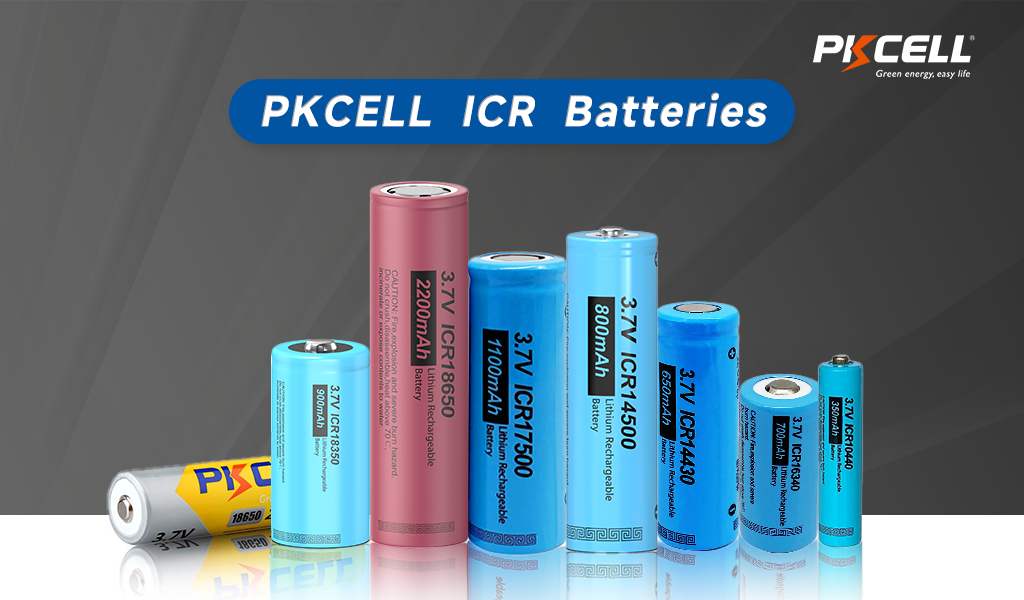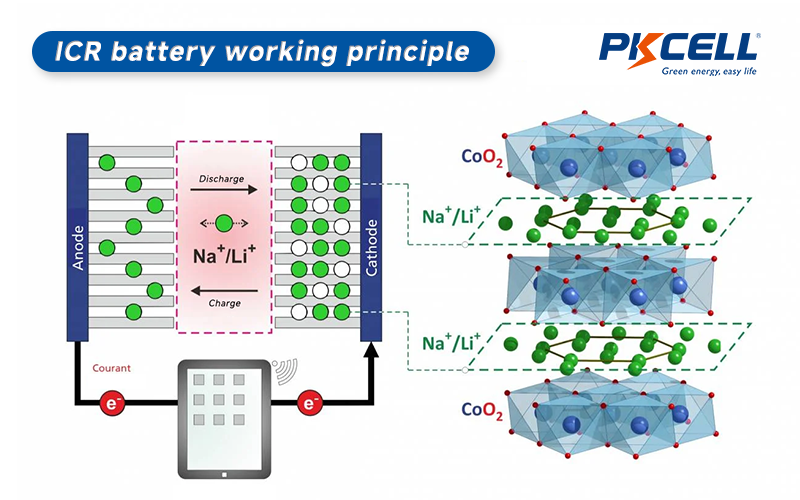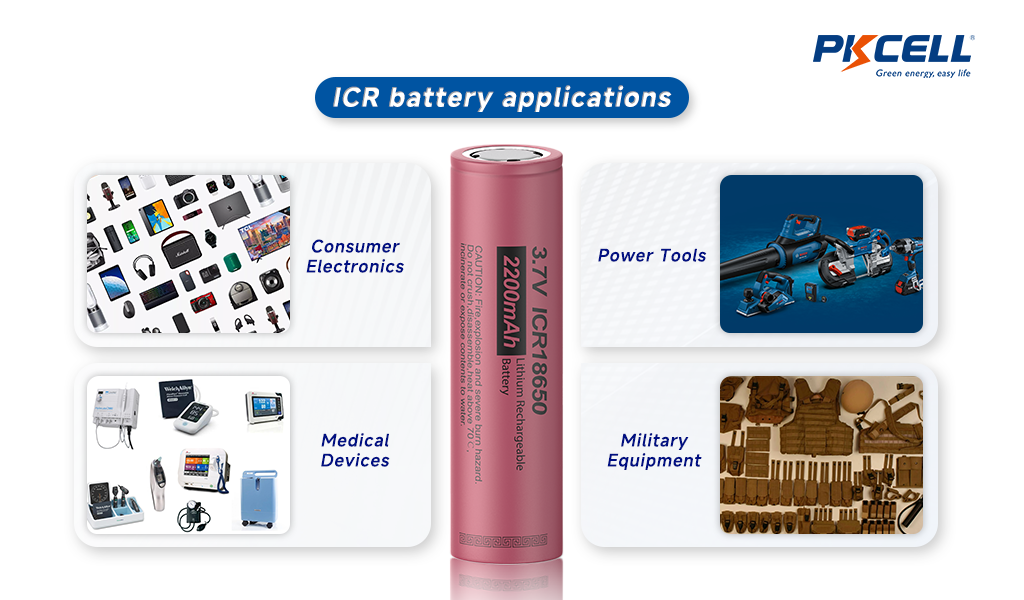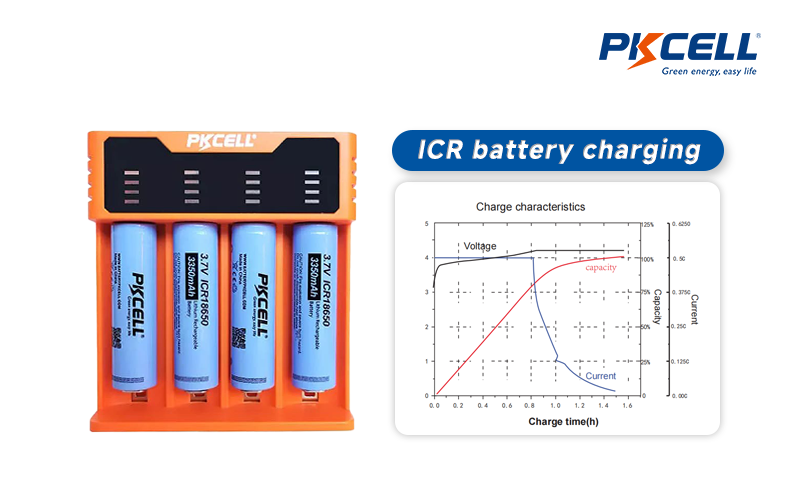Key Highlights
- The LiCoO2 battery employs lithium cobalt oxide as the cathode material, offering high energy density and efficiency.
- Reliable performance with stable voltage output makes it suitable for sensitive electronics.
- Lithium ions move between the electrodes through the electrolyte during charging and discharging cycles.
- Lightweight and compact design enables broad applications in electric vehicles and consumer electronics.
- Despite its advantages, thermal stability, and environmental issues related to cobalt mining must be considered.
- LiCoO2 batteries are widely adopted in applications requiring compact yet powerful energy solutions.
Introduction
Lithium cobalt oxide (LiCoO2) batteries are some of the most common lithium-ion (Li) batteries. They are popular because they hold a lot of energy and work reliably. These batteries use lithium and cobalt in their cathode design. This helps store and release power effectively. The way lithium ions move with the electrolyte ensures good energy storage. LiCoO2 batteries are used in many devices, from portable gadgets to electric cars. They have changed how we store energy, making them very important for technology today.
Overview of LiCoO2 Batteries
LiCoO2 batteries are rechargeable lithium-ion batteries. They use lithium cobalt oxide as the cathode material. LiCoO2 batteries provide stable voltage during their use. Yet, there are many factors to think about, like how they are made, their costs, and any possible decline in quality. It is important to use them responsibly and keep innovating. Their common use shows how vital they are in industries that require a lot of energy.
Basics of LiCoO2 Battery
The LiCoO2 battery works using a special chemistry. It uses lithium cobalt oxide for the cathode, graphite for the anode, and a lithium salt-based electrolyte. This battery performs well because lithium ions move from the cathode to the anode while charging, using the conductive path in the electrolyte. The cathode, made from cobalt oxide layers, is important because it releases lithium ions when the battery discharges. This process creates the energy needed. At the same time, the anode takes in those ions, which helps with storage and the flow of electricity. The electrolyte links the electrodes and helps ions move easily between them. All these parts work together effectively, allowing for great energy storage and release. This makes LiCoO2 batteries essential for portable electronics and improvements in transportation.
How does it work?
LiCoO2 batteries work through a detailed process that includes voltage, electrodes, and electrolyte. When you charge the battery, lithium ions move through the electrolyte, which acts as a pathway. They travel from the cathode to the anode.
When the battery discharges, the ions return to the cathode, providing steady energy. The electrodes, which are the anode made of graphite and the cathode made of lithium cobalt oxide, are essential to store energy and keep the electricity flowing.
Controlling voltage is very important throughout this process to keep the devices working well. This cycle of charging and discharging is what gives LiCoO2 batteries a long life and efficiency, regardless of temperature or type of use.
Features and Performance of LiCoO2 Battery
LiCoO2 batteries are known for their great features and strong performance. Here are their main qualities:
- High Energy Density: Lithium cobalt oxide allows for high energy storage. This makes the LiCoO2 battery perfect for long use.
- Stable Voltage: It provides a steady voltage during use, ensuring reliable task performance.
- Lightweight Design: Its small size is a big plus, especially for portable gadgets.
- Durable Cycle Life: If managed well, this battery can last for many cycles, helping to cut costs.
These traits make LiCoO2 batteries popular choices for reliability and efficiency. Still, their impact on the environment and heat management is a key concern.
Pros and Cons of LiCoO2 Battery
LiCoO2 batteries come with a mix of good points and bad points. Here’s a simple breakdown:
Pros:
- High Energy Density: Great for uses where size and weight are important.
- Long Lifespan: Offers steady performance with little wear and tear.
Cons:
- Price: Getting cobalt can be quite expensive.
- Environmental Effects: Cobalt mining and disposal raise sustainability issues.
These batteries are great for performance and portability. However, we should think about their production issues for reasons that are ethical, financial, and ecological.
Common Applications of LiCoO2 Batteries
LiCoO2 batteries are well-known in industries that need a lot of energy. This is because they are powerful and reliable. Many devices you use every day, like smartphones, laptops, and tablets, use these batteries because of their good design.
They are also used in electric vehicles, where it’s important to have efficient and long-lasting energy storage. Additionally, you can find these batteries in power tools and medical devices. This shows how they are useful in many different fields.
Usage in Consumer Electronics
LiCoO2 batteries are popular in consumer electronics because they are light and provide a lot of energy. Devices such as smartphones, laptops, digital cameras, and tablets work well with the steady and compact energy these batteries give.
Lithium and cobalt help these batteries perform efficiently, which means your devices can last longer between charges. This is important for keeping mobile devices running smoothly.
Their steady voltage gives reliable power to delicate tech parts. The blend of being easy to carry and powerful makes them a standard in consumer technology.
Role in Electric Vehicles and Renewable Energy Systems
LiCoO2 batteries are essential for the growing electric vehicle (EV) market and renewable energy systems. They are light and powerful, made from lithium and cobalt oxide. This design helps EVs achieve a longer range and better efficiency, which is important to match traditional cars.
In energy storage systems, the cathode’s high energy density helps to store and release electricity well. This feature is vital for solar or wind energy setups that need a steady energy supply.
Using these batteries in both EVs and renewable energy systems shows how they blend portability and sustainability in real-world applications.
Maintenance and Care for LiCoO2 Batteries
Taking care of LiCoO2 batteries can make them last longer. It’s important to keep them at safe temperatures to prevent any serious damage.
When storing these batteries, keep them charged between 40% and 60%. Make sure the area is dry. This helps to keep their performance steady. Using the batteries regularly helps avoid draining them too much, which can reduce their life. With good care, you can improve their efficiency and how long they last.
Best Practices for Prolonging Battery Life
To achieve a longer lifespan and consistent performance for LiCoO2 batteries, follow these best practices:
- Avoid Overcharging: Disconnect the charger after reaching full charge to prevent potential damage.
- Monitor Temperature: Store batteries at moderate temperatures to ensure thermal stability.
- Charge Cycles Management: Maintain charging cycles between 40-60% capacity to optimize longevity.
By following these recommendations, you can preserve the battery capacity and enhance performance over time.
Tips for Safe Usage and Storage
The safe use and storage of LiCoO2 batteries is important to protect cobalt oxide chemistry and avoid voltage problems. Here are some tips to use and store the batteries safely:
- Avoid High Temperatures During Use
- Use Chargers Specifically Designed for LiCoO₂ Batteries
- Store in a Cool, Dry Environment
- Protect Battery Chemistry Integrity
- Avoid Voltage Stress
- Prevent Physical Damage
- Do Not Expose to Water or Fire
- Follow Manufacturer Guidelines
- Enhance Safety in Devices
- Dispose Properly
By following these simple steps, you can improve safety and performance in consumer electronics and electric vehicles.
LiCoO2 Battery vs Other Lithium Batteries
LiCoO2 batteries compete with other lithium batteries in terms of energy density and environmental effects. They have a higher energy density of 150–200 Wh/kg compared to lithium iron phosphate (LiFePO4), but they are less stable at higher temperatures.
When it comes to cycle life, lithium iron phosphate is better, often lasting over 2,000 cycles. In contrast, LiCoO2 usually lasts between 500 and 1,500 cycles. A major downside of LiCoO2 is the environmental impact of cobalt mining, unlike LiFePO4, which uses more sustainable materials. The choice between them depends on what is important for the specific use.
Conclusion
In conclusion, it is important to understand LiCoO2 batteries. This helps us see their role in today’s technology. These batteries have special features and benefits. They play a key role in items like smartphones and electric cars, offering good efficiency and trustworthiness. Taking care of them and knowing the best practices can make these batteries last longer. This way, they can work well over time. As you dive into the world of LiCoO2 batteries, think about how they connect to your own devices and energy needs. If you want to learn more or need help choosing and caring for batteries, you can reach out for a consultation.
Why Choose Pkcell When Buying LiCoO2 battery?
When choosing a LiCoO₂ (lithium cobalt oxide) battery supplier, PKCELL stands out as a trusted and professional manufacturer with nearly two decades of experience in battery R&D and production. As a globally recognized brand, PKCELL offers high-quality, reliable battery solutions backed by advanced, fully automated production lines and strict quality control systems certified by international standards such as ISO9001, UL, and CE. With a strong commitment to innovation, customer service, and environmental sustainability, PKCELL delivers batteries that combine high energy density and performance with excellent cost-effectiveness. Our established global presence, comprehensive support network, and dedication to customer satisfaction make us an ideal partner for sourcing LiCoO₂ batteries. Feel free to contact us to get more informantion.
Frequently Asked Questions
1. What are the limitations of LiCoO₂ batteries?
- Lower thermal stability compared to other lithium chemistries
- Limited power output in high-drain applications
- Higher cost due to cobalt content
- Requires protection circuits to prevent overcharge or deep discharge.
2. How long do LiCoO₂ batteries last?
Typically, they last 300–500 charge cycles, depending on usage patterns, temperature, and charging methods. Proper care can extend their usable life.
Post time: May-15-2025







